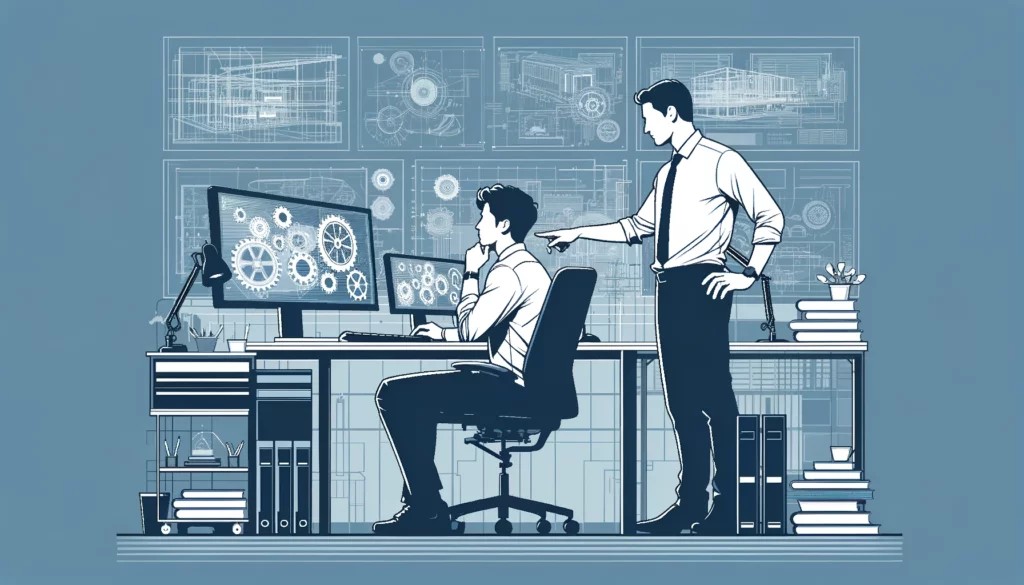Since 2001, the Department of Veterans Affairs has provided rehabilitation and transitional services to veterans through its Returning Warrior Program. This program offers assistance with reintegrating veterans back into their home communities. Technology has begun to play a more prominent role in this process in recent years. Here are just a few examples of how technology is being used to improve veterans’ transition home.
How Does Technology Help Veterans Transition?
Veterans of the United States Armed Forces often face difficulty transitioning back into civilian life. They can suffer from post-traumatic stress disorder, anxiety, and depression, making it hard to find and keep a job. However, new technologies are beginning to emerge to help veterans transition back to civilian life.
Virtual Reality
Veterans transitioning to civilian life often face challenges in readjusting to their new surroundings. In recent years, there has been an increase in virtual reality (VR) to help veterans cope with the changes they experience. VR allows veterans to immerse themselves in simulated environments that can be used to address various issues, such as post-traumatic stress disorder (PTSD), anxiety, and depression.
Studies have shown that VR can be an effective tool in reducing symptoms of PTSD and improving quality of life. For example, one study found that after eight weeks of treatment, participants who used VR showed a reduction in symptoms of PTSD, anxiety, and depression compared to those who did not use VR. Veterans who use VR may find it easier to adjust to civilian life by being able to gradually expose themselves to stimulating environments in a controlled setting. As VR technology continues to develop, more veterans will likely be able to benefit from its therapeutic applications.
Technology For Job Search
Technology can also help veterans in their search for employment. Job-seeking can be stressful and challenging, but many online tools can help make it easier. For example, the website Veterans Employment Center (VEC) provides job seekers access to thousands of jobs posted by employers seeking to hire veterans. The website also offers many resources to help veterans in their job searches, such as resume builders and interview tips.
In addition, the Department of Veterans Affairs has developed an app called eBenefits that allows users to access a variety of benefits and services, including employment assistance. The app provides information on job fairs, training programs, and job openings. It also includes a tool that helps users match their skills with available jobs. By making these resources more accessible, technology can help reduce the stress and anxiety associated with finding employment.
Technology For Connecting With Others
Veterans may also benefit from using technology to connect with others who have gone through similar experiences. Many online communities provide support and advice to veterans transitioning to civilian life. These communities can be a valuable resource for information and support, and they can help veterans feel less isolated as they adjust to their new surroundings.

In addition, many organizations that work with veterans are beginning to use social media to reach out to those who may need their services. For example, the Veterans Crisis Line has a Facebook page that provides resources and information on suicide prevention. Technology can also connect veterans with mental health professionals who can provide counseling and support.
3D Applications
As technology continues to develop, many new applications are being created to help veterans transition to civilian life. One example is three-dimensional (3D) printing to create prosthetic limbs. This technology can be used to create customized prosthetics for each individual, improving the fit and function of the stem. In addition, 3D printing is much less expensive than traditional methods of manufacturing prosthetics, which can make them more accessible for veterans.
Another example of how technology improves the transition home for veterans is the use of smart homes. Smart homes are equipped with features that can make everyday tasks easier, such as automated lighting and temperature control. For veterans with disabilities, smart homes can provide greater independence and allow them to live more independently.
The Future Of Technology In Veteran Affairs
As technology continues to evolve, there are many ways that it can be used to improve the transition home for veterans. Technology can help reduce the stress and anxiety associated with returning to civilian life by providing access to resources and support. In addition, new applications are being developed to provide veterans with greater independence and allow them to live more independently. As more organizations begin to use technology to reach out to veterans, more progress will likely be made to improve the transition home for those who have served our country.
Final Thoughts
As technology continues to evolve, there are many ways that it can be used to improve the transition home for veterans. By providing access to resources, assisting with job searches, and connecting veterans with others, technology can help make the transition smoother and less stressful. In addition, new applications are being developed that can provide even more assistance to veterans as they adjust to civilian life. With the continued support of technology, veterans will be able to succeed in their transition home.



